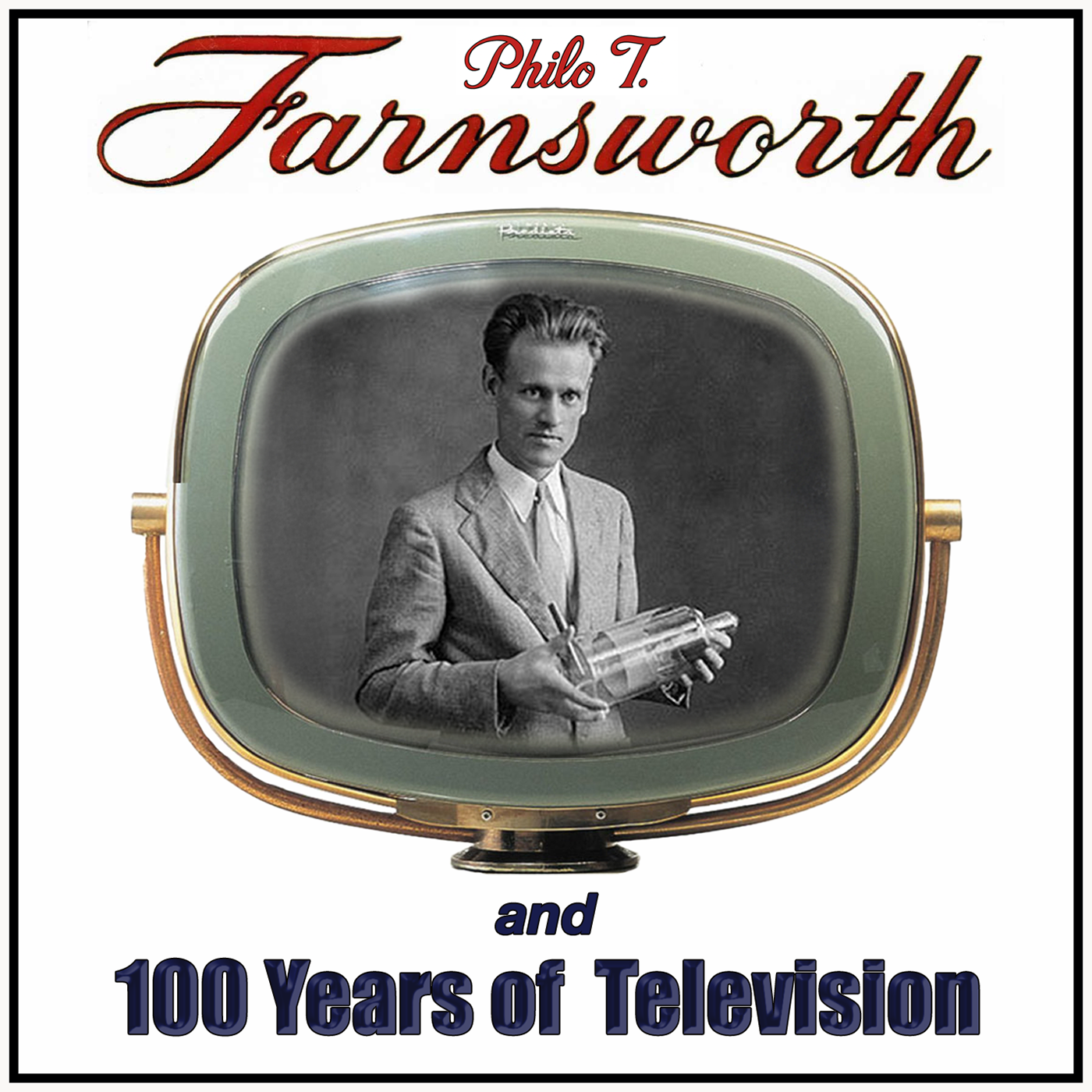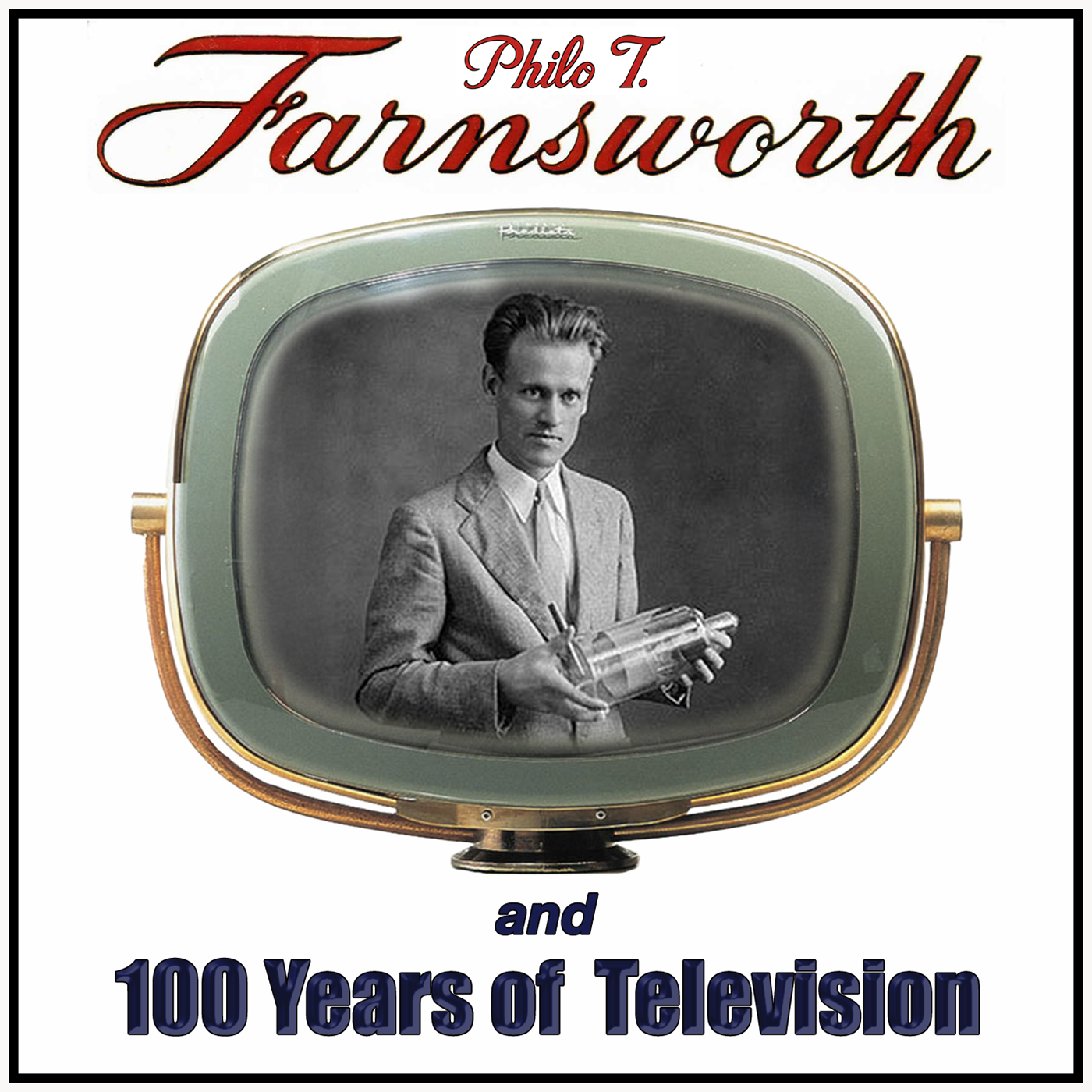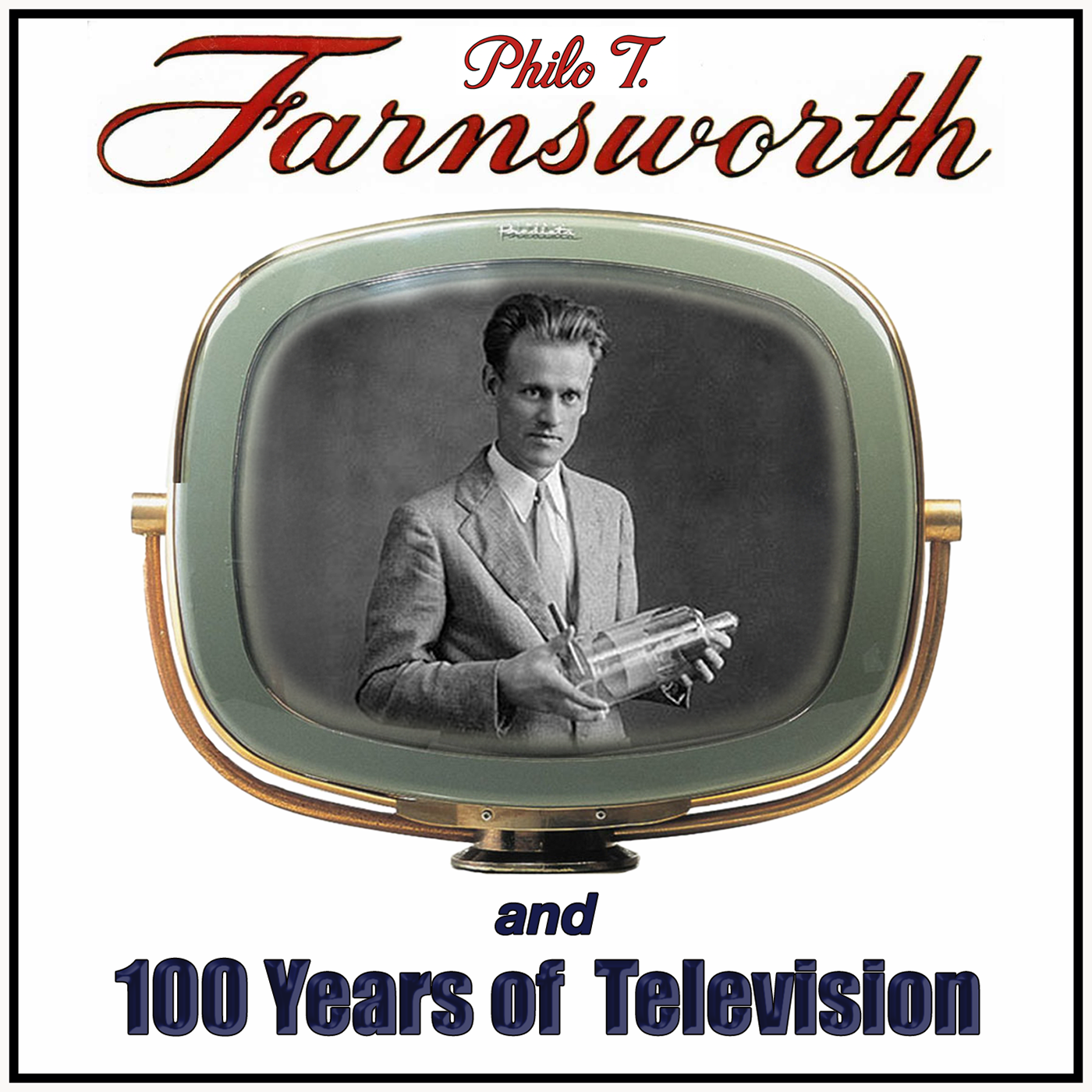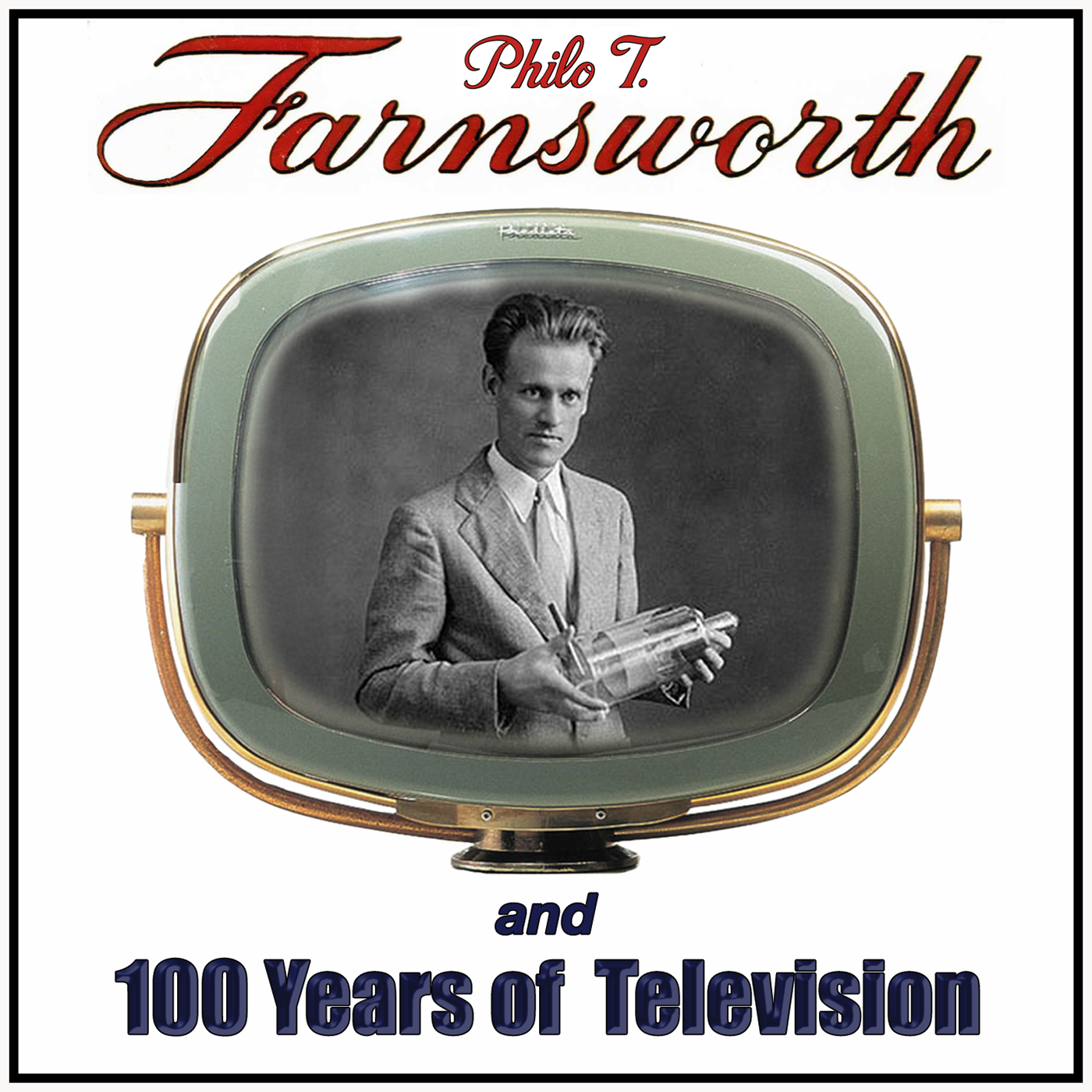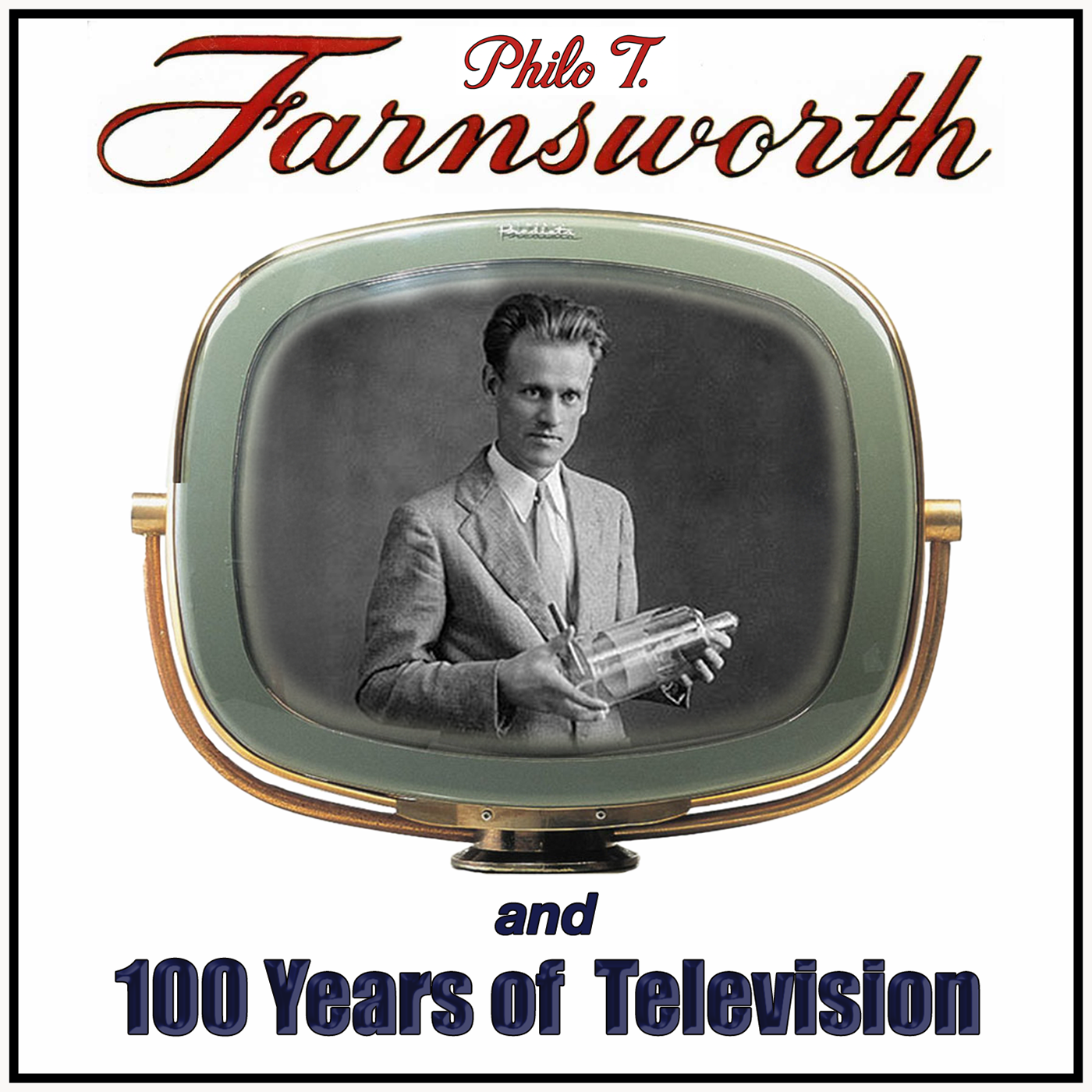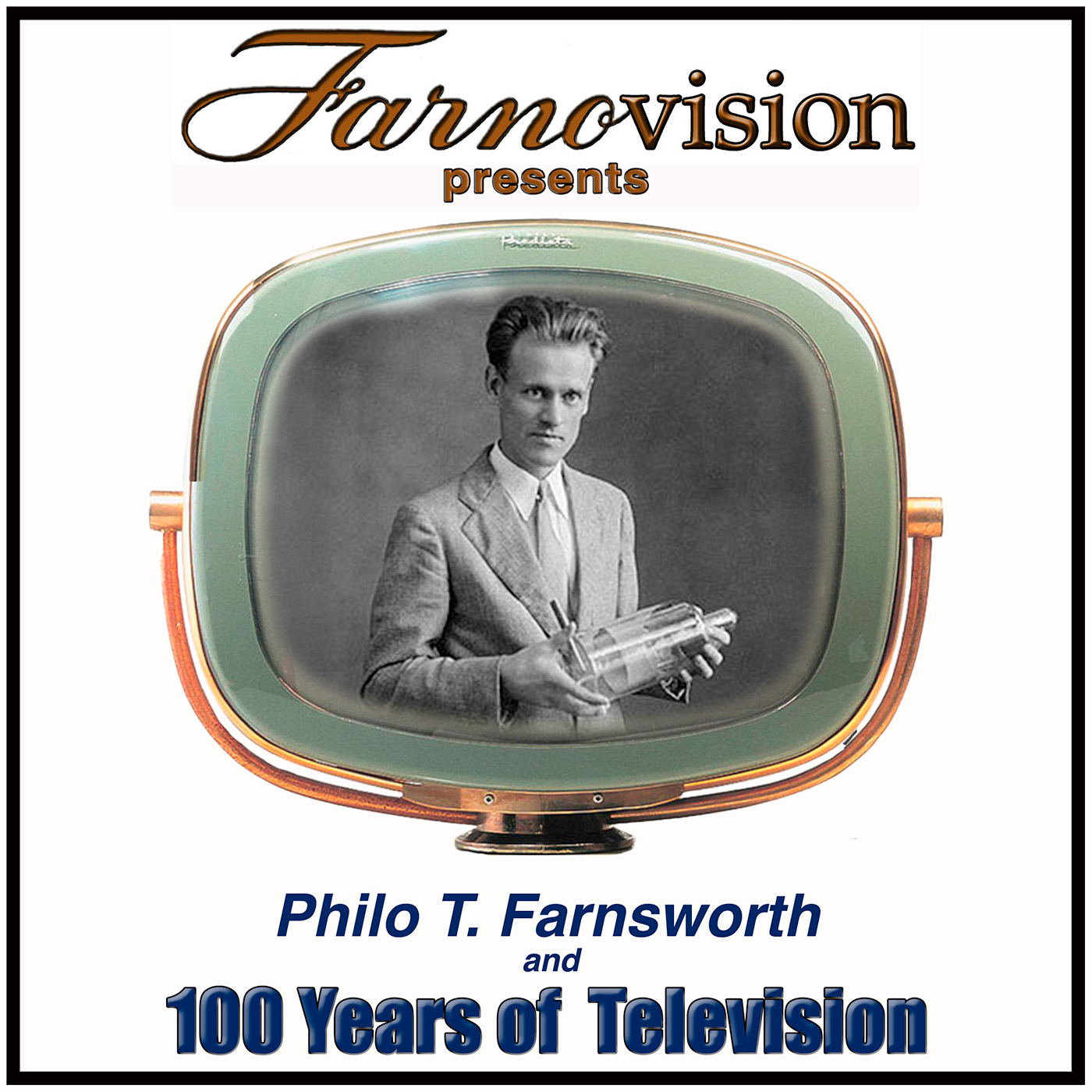Episode Transcript
[00:00:00] Speaker A: They all laughed at Christopher Columbus when he said the world was round they all laughed when Edison recorded sound they all laughed at Wilbur and his brother when they said that man could fly they told Marconi wireless was a phony it's the same old cry.
[00:00:20] Speaker B: Welcome to 100 Years of Television. This is episode number four before 1927 cathode rays and radio waves starting in October 2025 and for 100 weeks until September 2027, this podcast is going to recall the top 100 moments in the first 100 Years of Television and video.
I'm Paul Schatzkin, author of the Boy who Invented Television, the definitive biography of Philo T. Farnsworth, who invented the first all electronic television system in San Francisco almost 100 years ago in 1927.
Our countdown to that centennial will begin the week of October 5, 2025.
In the meantime, we are sifting through the historical record prior to 1927 and lining up the many pieces of the puzzle that Farnsworth finally solved.
In the last episode, we covered the origins of Mechanical Television, the 19th century solution to the puzzle that Philo Farnsworth finally solved in the 20th century.
And we trace the origins of vacuum tubes from Galileo to William Crookes.
Today's installment covers two more technologies needed to achieve real television.
One is another step toward the electronic picture. The other redefines how those pictures would be sent and received.
Cathode rays in the annals of invention, some years stand out more for the ideas they set in motion than for the gadgets they actually produced. In the prehistory of television, such a year was 1897.
First in Strasbourg, the German physicist Karl Ferdinand Braun devised a new kind of glass tube that made the invisible visible.
Building on the Crookes tube, which showed only shadows against glass, Braun added a fluorescent screen and electrically charged metal plates that could bend the cathode rays.
By January 1897, he had demonstrated an oscillograph in which the beam traced patterns on the screen, a primitive ancestor of the oscilloscopes and television picture tubes to come.
For the first time, there was a controllable beam of electrons in a glass tube.
Meanwhile, in Cambridge, Sir Joseph John AKA JJ Thomson, directed director of the University of Cambridge's renowned Cavendish Laboratory, was trying to explain the strange rays that Braun, Crookes, and others had observed in their tubes.
In the spring of 1897, just months after Braun's demonstration, Thomson stood before audiences in London and declared that these cathode rays were not some mysterious fluid, as many believed, but streams of negatively charged particles at first, Thomson called the particles corpuscles. That's Latin for little bodies, avoiding another word that had already been coined by Irish physicist George Johnstone Stoney.
In 1891, Stoney had used the word electron to describe, but only in theory, the fundamental unit of electric charge.
Six years later, Thompson identified the actual subatomic particle that carried that charge.
Within a few years, science and industry had adopted Stoney's term, and by 1904, electron was the word of choice.
In 1906, Thompson was awarded the Nobel Prize in Physics for discovering the electron, the subatomic particle that Stoney had given its name.
Look ma no wires.
By the turn of the 20th century, science had found ways to send words, sounds, and even pictures over wires. But there could be no magic carpet of pictures that fly through the air unless you could get those pictures out of the wires.
The possibility of broadcasting was foretold in the 1860s, when Scottish physicist James Clerk Maxwell unified electricity, magnetism, and light into a single, encompassing theory.
Maxwell's equations not only shaped the practical uses of electricity, they remain among the fundamentals of modern physics.
And within Maxwell's equations was the first suggestion that electromagnetic waves could ripple through space as at the speed of light.
Maxwell's theory remained just that until the German physicist Heinrich Hertz conducted several experiments in the 1880s.
Hertz built an oscillator that generated high frequency sparks and a wire loop that detected them from across the room.
The sparks on the detector leapt in time with the sparks at the source, proving that Maxwell's waves were real.
Asked what use the discovery might have, Hertz shrugged, saying, nothing, I guess.
But in Italy, Guglielmo Marconi thought otherwise. Where Maxwell had equations and Hertz had sparks, Marconi saw the possibility of communication.
Working from his family's estate in Bologna, Marconi's first wireless set was based largely on Hertz's apparatus.
His transmitter was a spark gap generator, like Hertz, but his receiver was something called a coherer, a glass tube filled with metal filings.
When the filings were struck by the incoming waves, they clumped together and closed a circuit to ring a bell.
In other words, Marconi's first wireless was essentially a crude form of remote control.
But he didn't stop there.
Marconi tinkered endlessly with his aerials, stringing ever taller vertical wires.
His big breakthrough came when he grounded those wires to the earth and discovered the signals could travel many miles.
Next came adapting the system to Morse code. In 1897, there's that year again. Marconi demonstrated his wireless to the British Post office by sending dots and dashes across the Salisbury Plain.
Later that year, he formed the Marconi Wireless Telegraph Company, and over the next few years, he extended the range of his system over ever wider distances.
The dawn of the wireless age is most often dated to December 12, 1901, when Marconi claimed he had received the Morse code for the letter s just three dots in Newfoundland for from a transmitter across the Atlantic in Cornwall, England.
Many doubted the feat at the time, but it captured the public imagination, made Marconi a household name, and gave him the credibility to grow his company on both sides of the Atlantic.
Still, there was one more puzzle piece missing. Actual sound.
Wait. What's that I'm hearing?
For years, wireless meant only Morse code until Canadian inventor Reginald Fessenden began experiments to transmit the full spectrum of Sound.
In December 1900 in Maryland, Fessenden carried out what is often cited as the first transmission of human speech by wireless.
The words were faint and distorted, but it did show that radio waves could carry more than dots and dashes.
Fessenden pressed on.
Working with Ernst Alexanderson, an engineer at General Electric, he shifted to continuous waves. On Christmas Eve 1906, transmitting from Brandt Rock, Massachusetts, Fessenden played a phonograph recording of Handel, performed O Holy Night on his own violin, and read a passage from the Gospel of Luke.
Ships along the Atlantic coast, accustomed to hearing only dots and dashes, suddenly heard music and a hum voice.
Fessenden's experiments were primitive, and Morse code remained the backbone of wireless for another two decades as Marconi's companies grew to dominate the field. But by the eve of World War I, Marconi was running a global network of stations and licensing equipment to navies, shipping lines and news agencies.
Enter Goliath.
When the United States entered the war in 1917, the federal government decided that such strategic assets as the patents for wireless should not remain under foreign control and seized Marconi's American holdings.
After the armistice in 1918, the US authorities persuaded General Electric to take over the Marconi patents.
In 1919, General Electric spun those assets off into a new company, the Radio Corporation of America. RCA, GE continued to hold the controlling stake, but Westinghouse AT&T and even the United Fruit Company, which had extensive wireless operations for its enormous fleet of cargo ships, became large stakeholders as well.
Thus, the stage was set for the corporate colossus that would dominate broadcasting and eventually television for decades to come.
Before we wrap up this episode, I've got a couple of footnotes to add.
The first regards the introduction of the term broadcasting. I find it interesting to note that the term was originally used in 18th century English farming to describe scattering seed by hand across a field.
In the 20th century, the word was adopted to describe the scattering of radio signals through the air.
Second, despite Heinrich Hertz seeming dismissal of the potential of radio waves, his name lives on in every kilohertz or megahertz we speak of when talking about radio frequencies today.
And finally, though Marconi is recalled as the primary pioneer of wireless, it's important to give a nod to others like the Serbian inventor Nikola Tesla, the Russian physicist Alexander Popov, and the Indian scientist Jagadish Chandra Bose, who also conducted pioneering experiments with wireless.
This brings us to the end of Part four of our Prehistory of Television, recounting the myriad observations, experiments and inventions that set the stage for Philo Farnsworth's historic breakthrough on September 7, 1927.
Stay tuned for the next episode where we take quantum leaps in human understanding that were not possible before the dawn of the 20th century.
Thanks for listening to 100 Years of TV, a two year countdown to the centennial of television on September 7, 2027.
For more, aim your gizmo to tvcentennial.com this podcast was written, recorded, edited, engineered and uploaded by me, Paul Shatzkin, and is a production of Farnovision.com if television was invented by somebody named Farnsworth, then why don't we call it Farnovision?
[00:12:40] Speaker A: They all said we never would be happy. They laughed at us and how but how good got the laughs out Now.
